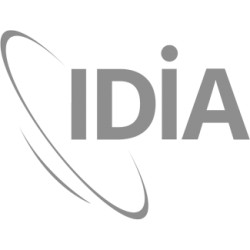IDIA is welcoming Prof. Jayanne English from the University of Manitoba as a visitor on the 1st week of November. Prof. English is behind some famous images from the Hubble Space Telescope and was a key person in setting up the Hubble Heritage Project.
As part of the visit, she will give a special seminar and workshop on astronomical data visualisation and the composition of astronomical images. The dates and times of the seminars and workshops are as follows:
| University of Cape Town 5 November 2019 |
University of the Western Cape 8 November 2019 |
| Seminar 11:00 – 12:00 AST Seminar Room RW James Building |
Seminar 11:30 – 12:30 Room 1.35, 1st floor Physics and Astronomy Department |
| Workshop 13:00 – 15:00 AST Seminar Room RW James Building |
Workshop 14:00 – 16:00 Computer Lab 1.37, 1st floor Physics and Astronomy Department |
| Click here for the UCT workshop registration | Click here for the UWC workshop registration |
Seminar information:
Cosmos and Canvas: Using Data Visualization to Explore and Communicate Your Science
Data visualizations that resonate with human perception strongly enhance discovery-based science. Examples include perception-based colour mappings through to bold colour images from telescopes that act as extraordinary ambassadors for astronomers. But are these astronomy images snapshots documenting physical reality or are they artistically digitized space-scapes? To answer this, the lecture illustrates how original black and white astronomy data are converted into the colour images gracing magazines and websites. It also describes how graphics are “read” by the eye-brain system and how a scientist can harness a powerful visual grammar, including colour contrast and composition, to explore data and communicate results with greater clarity to both their colleagues and the non-expert public. Often the attempt by scientists to represent their discoveries all but drowns out the voice of visual literacy. Yet sometimes in this battle, between the cultures of science and visual art, both sides win. This struggle will be presented from the perspective of a research astronomer who has created numerous images for NASA and also trained as a visual artist.

